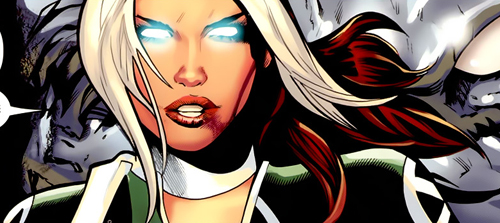 |
| Doppleganger? |
Last Friday I met with Dr. Elizabeth Thiele at the Herscot Center for TSC. I have been her patient since my first diagnosis with a mild form of tuberous sclerosis in 2010.
My last visit with her was a year and a half ago, though I'm supposed to see her once a year. My previous appointment was scheduled for April 19, 2013, the Friday after the Boston Marathon bombing. Dr. Thiele herself called me from her home and said the city was shut down and all appointments were canceled. I never rescheduled.
Fast forward to this past Friday, when I walk into her office and she looks at me and knows immediately that this isn't the usual appointment. Normally, I stride in alone with a smile and say everything is great, kids are good, no problems. This time, with Joe by my side, I tell her about my emergency surgery in June. She stares at me, wide-eyed as her jaw drops. I immediately feel better.
One of the monkeys on my back this summer has been guilt. Guilt over whether I had done enough to try and prevent the trauma of emergency brain surgery. Surely I could have been more diligent, pestered my doctors, questioned the MRI reports about the tumor size...something.
Dr. Thiele's reaction reassured me that I wasn't the only one dumbfounded that my tumor had grown again. She kept looking at me and shaking her head, amazed that it grew so fast between my last MRI in January and June. It took almost 40 years for it to even become a problem. But MRI's aren't perfect (which we know), since it's a 2D machine trying to capture a 3D image, the new growth may have not been captured. My kind of tumor (SEGA) isn't supposed to even grow in adults, let alone grow so fast. Dr. Thiele got a gleam in her eye at the promise of a medical mystery to be solved. I actually got excited for her!
 |
| Not my brain, by the way |
Looking at it from the outside, my case is complex and interesting. TSC is usually diagnosed early in children who suffer from seizures, multi-system benign tumors, skin lesions, mental disabilities, and much more. SEGA tumors are thought to be present at birth as small nodules in the brain, only growing until the age of 18 (although the age has recently been raised to 25). I was diagnosed at age 39 only because the SEGA had grown large enough to cause problems. If I hadn't had continuous headaches, I would never know I had TSC.
So now the plan is to wait for Dr. Thiele to consult with her neurologist colleague who specializes in TSC too. They plan to go through the whole series of MRIs from day one and map the growth to find a clue as to what happened. Based on the findings, and if the SEGA grows again, I may start a new medication to control it and prevent another surgery. Every other aspect of my condition seems stable for now, so we will continue monitoring.
TSC is rare. My kind of TSC is rare. Now, I have a strange little complication that doesn't fit the profile. That makes me even more rarer? Rrraaarrrerrrr.
Hey--I have to keep a sense of humor about it. Since TSC is a specific gene mutation (although they can't find mine of course), I guess I reserve the right to occasionally call myself a mutant, especially around Halloween.
 |
| I choose mutant Rogue |